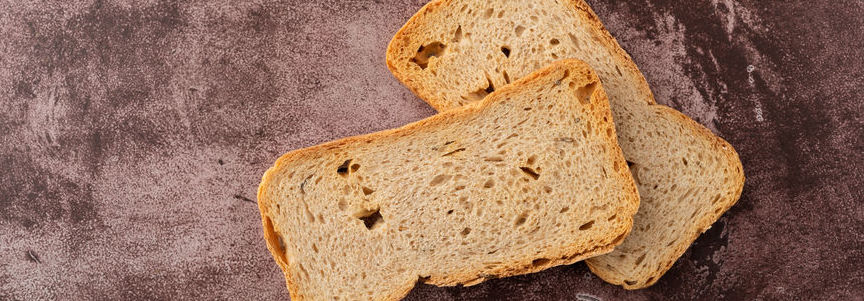
Our bakery forums keep growing, and the conversations keep flowing! So, we’re back with another hot topic from our commercial baking community page, Baking Industry Professionals. This month, it’s rusk! While this may be a British term for twice-baked bread, this baked good certainly isn’t limited to the United Kingdom. Rusk can be found in varying forms in countries around the world, ranging from India to Argentina to Germany, Azerbaijan, and even South Africa. In the US, you can find it in the form of melba toast!
Making healthier rusk dough
Rusk is made from a sweet, rich, usually yeast-raised dough. Once the dough is baked, it is sliced, cooled, and baked a second time. The goal of baking this bread twice is to dry it out completely, making it very crispy. Additionally, there are some regional variations of this baked good produced from cake. Due to its texture, rusk is particularly popular for people who are dieting, as well as teething children. However, since this bakery product contains a high amount of sugar, there was curiosity about substituting sugar, specifically with acesulfame potassium (Acesulfame-K).
As a rule of thumb for bakers, it is best to combine high-intensity sweeteners to get the best sweetness effects and minimize aftertaste. Also, bakers should bear in mind the intensity of these sweeteners. After all, Acesulfame-K is two hundred times sweeter than sugar, whereas sucralose is six hundred times as sweet as sugar. So, if you are struggling with aftertaste issues, try readjusting the sweeteners in your formulation. This way, you can address flavor and functionality to ensure that the rusk stays sweet but also has the right structure and browns the way it needs to.
Do you want to join in on the conversation? Become part of the Baking Industry Professionals page on LinkedIn or Facebook today!

